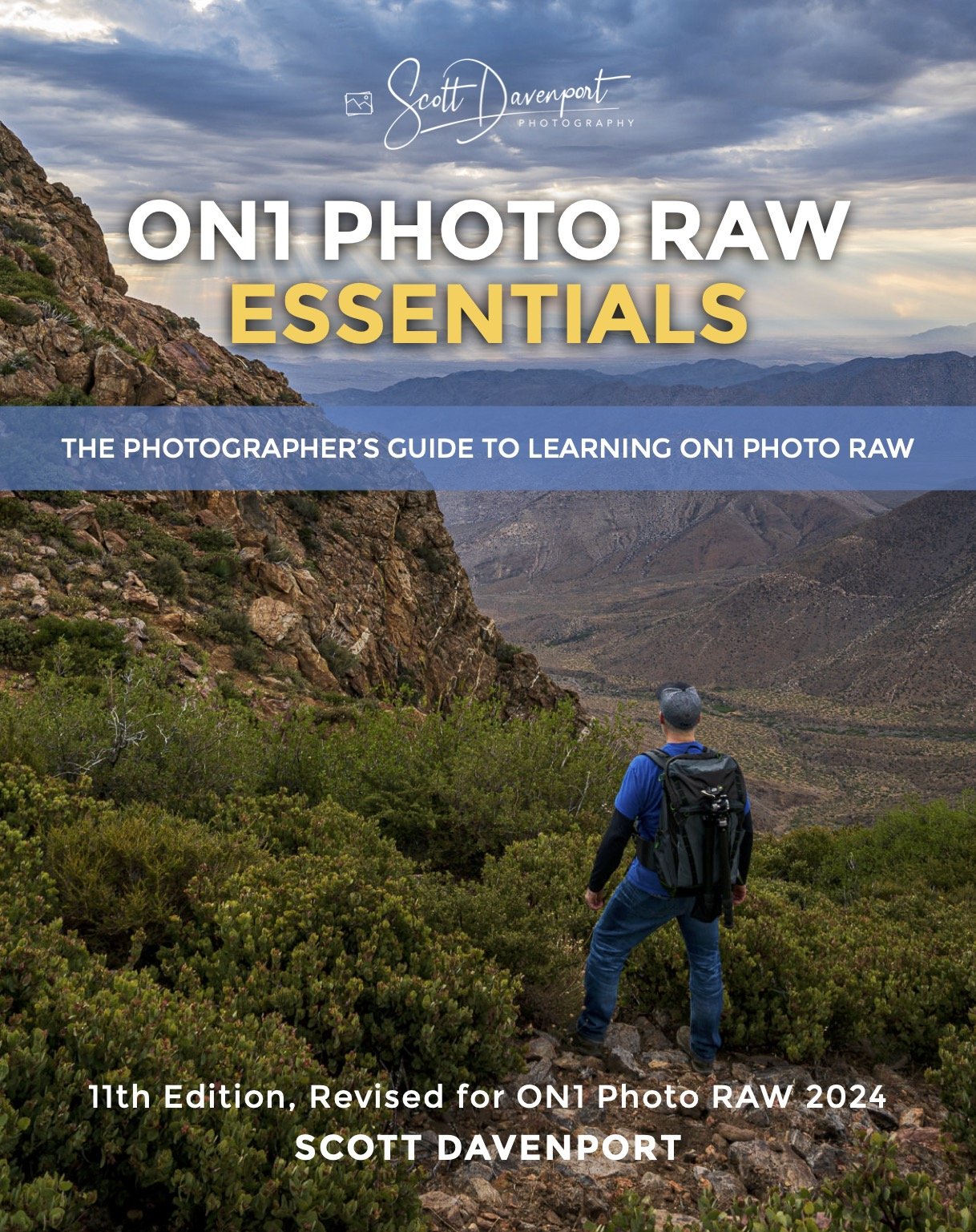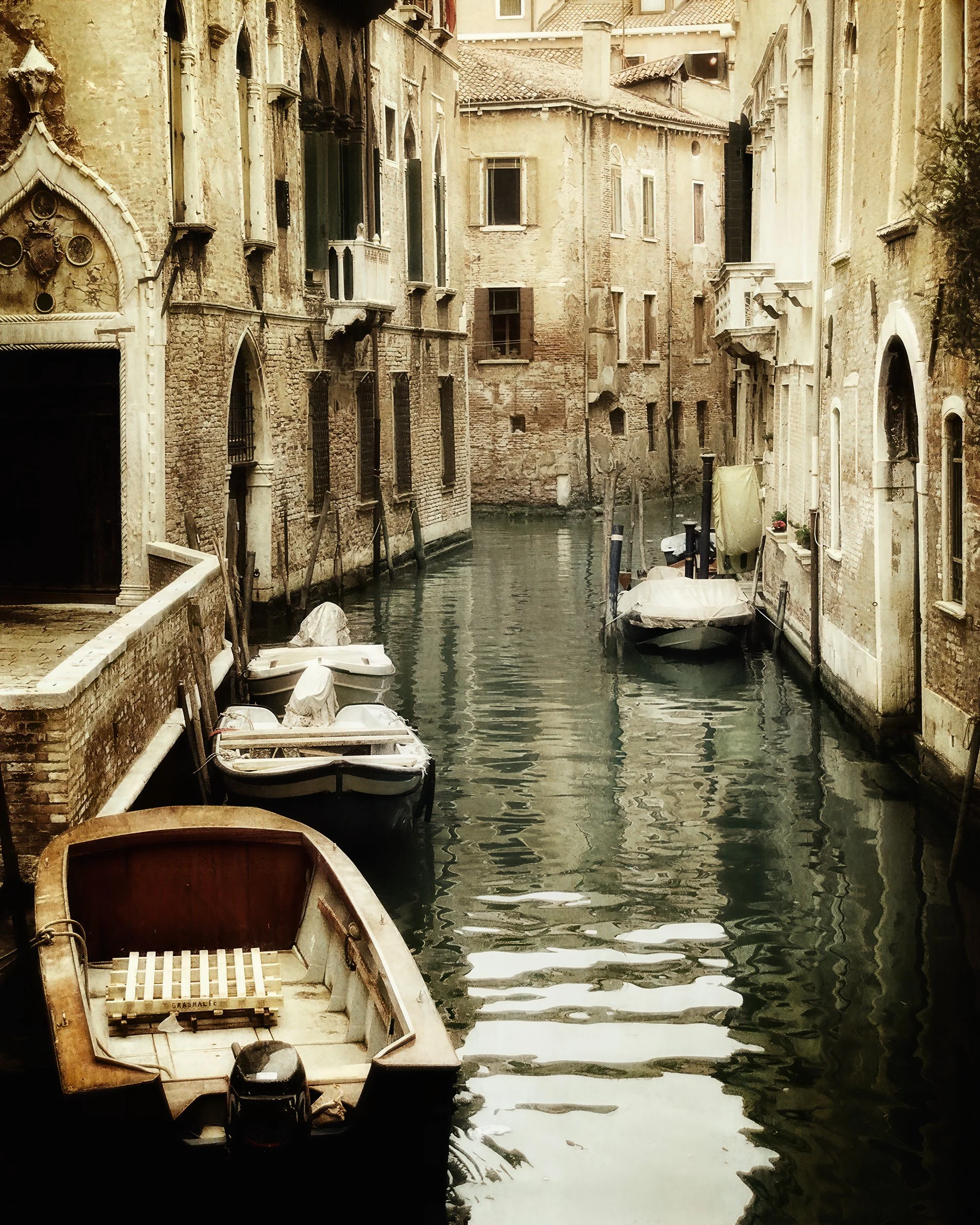The ON1 Masking Bug - Center & Edges Shape
If you are trying ON1 Photo RAW, the ON1 plug-ins like ON1 Effects or ON1 HDR, or upgrading your ON1 software to a newer version, please consider using my affiliate link. There is no extra cost to you and it helps support ON1 tutorials like this one. Ready to buy? Use the offer code SDP20 at checkout and SAVE 20%!
This article is part of a mini-series about the masking features in ON1 Photo RAW and ON1 Effects. This installment introduces the Masking Bug and explains how to use the Center & Edges shape of this tool.
The Masking Bug
The Masking Bug Tool in the Mask Tool Group is the tool to reach for when you need to mask large areas of your photo. The bug has several shapes to choose from:
Center - an elliptical mask with bias toward areas inside the ellipse
Edges - an elliptical mask with bias toward areas outside the ellipse
Gradient - a classic straight-edged mask
Reflected Gradient - a dual-sided gradient you can fade in two opposite directions
All shapes of the Masking Bug have controls to set the Opacity or combine it with a color range mask. You can also add multiple masking bugs to a single filter or local adjustment using the Add button (although I rarely do so). Remove a masking bug using the Delete button.
Once a shape for the Masking Bug is selected, click in the preview area to drop a bug on your photo. Use the on-screen controls to position and shape the mask.
Select the shape of the masking bug and set its Opacity in the Toolbar. Once added to a photo, controls for the shape are in the preview area.
The Center & Edges Shapes
Center and Edges are oval-shaped masks, and they are opposites of one another. Their names come from what they do - affect the center of an elliptical mask (what’s inside the oval) or affect the edges of an elliptical mask (what’s outside the oval). ON1 provides excellent controls to position and shape the oval. The controls for the mask are on-screen in the preview area. They are:
Position - click and drag the large, circular pin to position the transition point of the mask.
Rotate - click and drag the smaller circular pin to rotate the angle of the mask
Stretch & Squeeze - click and drag the four control points to shape the oval mask and change its size
Feather - click and drag either of the dashed lines to make a large, gradual feather or a small, rapid transition
Pro tip: For precision rotation, click the Rotate pin and hold down the mouse button. Move your cursor farther away from the Position (center) pin and then rotate.
Whether or not Center or Edges conceals or reveals the adjustment you’re applying differs between an Effects filter and a Local Adjustment. For example, consider the Center shape. An Effects filter, by default, is applied everywhere and a Center shape conceals what’s in the center.
However, the default for a Local Adjustment is a full black mask, concealing the entire adjustment. A Center shape will reveal what is inside the oval.
In practice, I always forget which is which. I’ll choose one, and if I get it wrong, I’ll choose the other and move on with my post-processing.
An example of selective color treatment using an Edges shaped Masking Bug.
Up Next
This masking series continues with a series of articles on the ON1 Masking Brush.
Sunrise In Santa Ysabel Valley
Contact Scott to commission a print or license this image.














